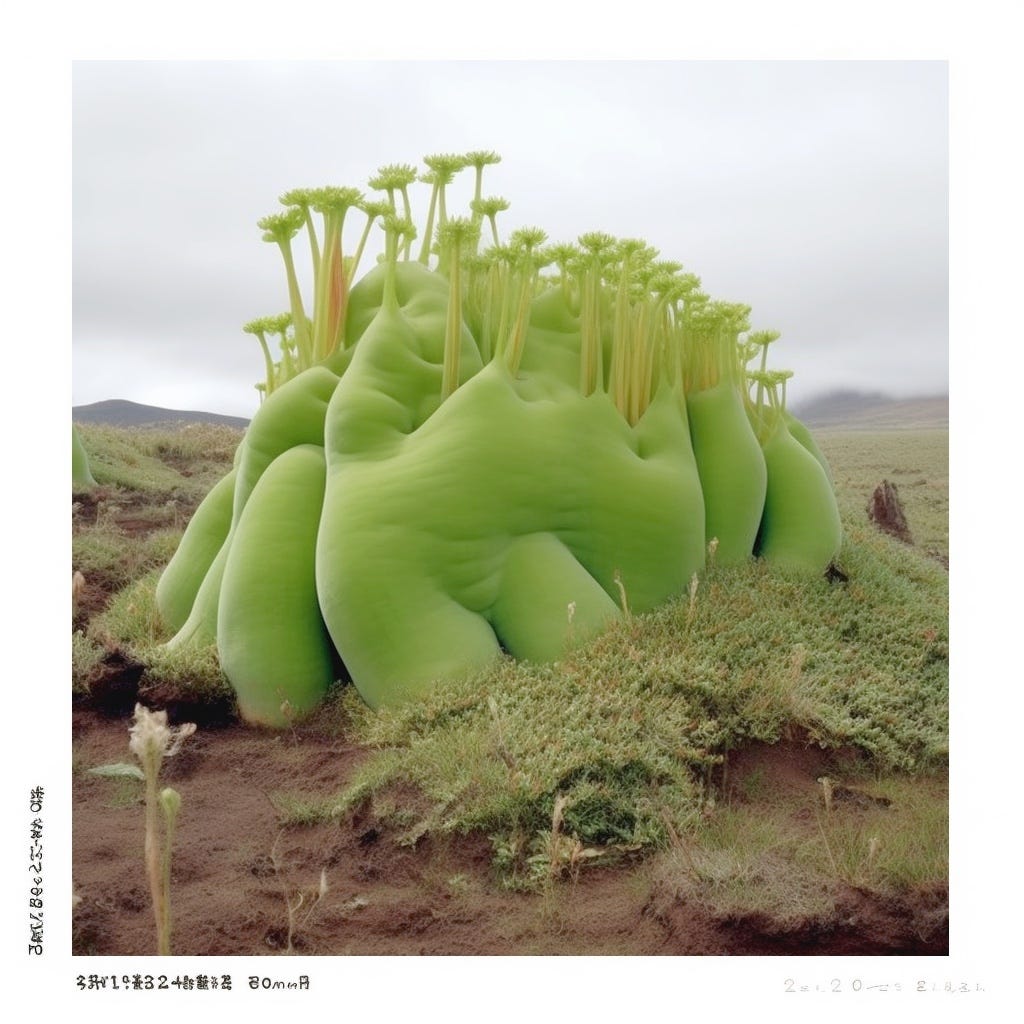With Earth Day having just passed, there is a lot of content around on how to make the web a greener place 🌿.
With every action we make online – every visit to a website, email sent, social scroll, video streamed, electricity is used and carbon dioxide is being emitted. All online data is stored in data centres worldwide which require around-the-clock electricity to power the servers and prevent overheating. Unfortunately, the majority of these centres are powered by burning fossil fuels. And as internet speed get faster, web pages are getting heavier with more media and moving parts. In the last decade they’ve increased by 356%. The internet is a growing contributor to the climate emergency. If “The Internet” was a country, by 2025 it will be the 5th most polluting. And with the era of AI computing kicking off, there is going to be a big increase in power required and used.
Sustainable web design focuses on creating efficient, accessible, and eco-friendly websites. It requires a holistic approach that takes into account the UX, UI, and the code. Steps can be taken through optimisation techniques like compressing images and caching techniques, using clean code, reducing unnecessary UI elements and assets, and implementing responsible hosting solutions. By taking on these practices, designers and developers can create lightweight and fast-loading websites that consume less energy and reduce the strain on servers and data centres. And all of these things don’t need to come at the sacrifice of creating beautiful web experiences.
If you have a project which requires some extra green thinking, reach out for a chat! 👋
Some interesting things we’ve seen and shared across the studio around low-carbon and sustainability over April:
LOWWW is nice directory of lightweight websites
Check your websites carbon output with this calculator
You can get granular energy analytics on code with Backspace
Plastic Free is a platform of advice and resources around alternate materials and circularity
Climate in Colour is an online educational resource and climate curious community
And a toolkit for companies to digitally declutter

What have we been up to!
After an amazing time at OFFF in Barca, we got back and before removing our sunglasses, started planning the next sunny trip. We worked alongside the awesome team at Glide to build their new homepage⚡️, and with a CREAM Japan on a local translation of our Lavenham project. Experimenting with AutoGPT and AI ‘agents’. Embracing the revolution of writing code with Github Copilot and ChatGPT. And we’ve been exploring spaces for a new London office 🚪💼

At Midnight, we’re always exploring how we can become more environmentally efficient, and experimenting with new ways of working. In our Handbook we list some of the things we consider when working on a project, including environment, social, economic, philanthropic and ethical factors.
We believe that “green” thinking should begin internally, which is why we have become a climate-positive workforce with Ecologi. We love the work that they do, and since joining we’ve helped to plant of 100s of tree and support a variety of projects, such as peatland restoration and conservation in Indonesia, rainforest conservation in the Western Amazon, and the distribution of cleaner cookstoves in Kenya.
We’ve also signed up Design Declares - designers, studios and agencies committed to harnessing the tools of their industries to reimagine, rebuild and heal our world.
If you don’t want to receive any more of these emails you can click the unsubscribe link in the footer 🗞




